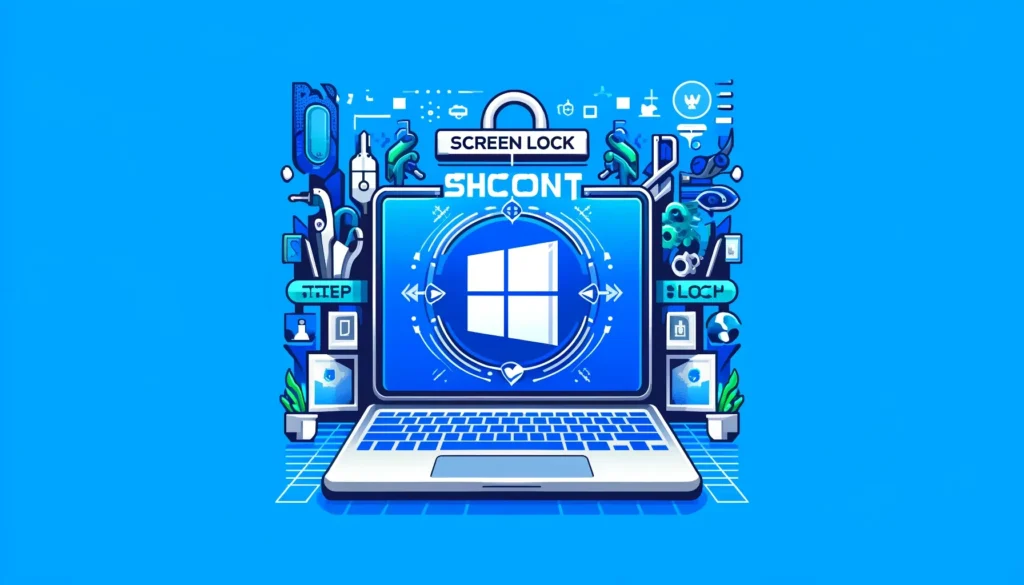If you’ve ever been in the middle of something important on your Windows 11 PC, only to have your screen lock due to inactivity, you know how frustrating it can be. Fortunately, there’s a simple way to adjust your settings and prevent this from happening. In this guide, I’ll walk you through the steps to stop your screen from locking automatically, so you can work seamlessly without interruptions.
Why Does Your Screen Lock?
Windows 11 is designed with security in mind, which is why it automatically locks the screen after a period of inactivity. This feature helps protect your personal data and ensures that no one else can access your computer while you’re away. However, if you’re working on a project, reading, or watching a video, it can be a nuisance.
Steps to Prevent Your Screen from Locking

1. Open Settings
To get started, click on the Start menu (the Windows icon) at the bottom-left corner of your screen. From the menu, select Settings (the gear icon) to open the Settings app.
2. Navigate to Personalization
Once you’re in the Settings app, look for Personalization in the left sidebar. Click on it, and then select Lock screen from the options available on the right.
3. Adjust Screen Timeout Settings
Scroll down to find the Screen timeout settings link. This will take you to the Power & battery settings, where you can manage how long your screen stays on before it locks.
- In the Screen section, you’ll see options for how long your screen should stay on when plugged in and when on battery. You can adjust these settings according to your preference.
- To prevent the screen from locking, set the time to Never for both options.
4. Modify Sleep Settings
While you’re in the Power & battery settings, it’s a good idea to adjust the sleep settings as well. Look for the Sleep section and set it to Never for both plugged in and battery modes. This way, your PC won’t enter sleep mode, which can also trigger the lock screen.
5. Check for Group Policy Settings (for Advanced Users)
If you’re using Windows 11 Pro or Enterprise, you may have additional options available through the Group Policy Editor. Here’s how to access it:
- Press Windows + R to open the Run dialog box.
- Type
gpedit.mscand hit Enter. - In the Group Policy Editor, navigate to Computer Configuration > Windows Settings > Security Settings > Local Policies > Security Options.
- Look for Interactive logon: Machine inactivity limit. Double-click on it and set the value to 0 (zero) to disable inactivity locking entirely.
6. Save Your Changes
After making these adjustments, ensure that you click Apply and then OK to save your settings. You can now close the Settings app.
Conclusion
By following these steps, you can effectively stop your screen from locking after inactivity in Windows 11. This change will help you maintain focus and productivity without the constant interruptions of a locking screen. Remember, while it’s convenient to prevent your screen from locking, always be mindful of your surroundings to keep your data secure.
If you have any questions or need further assistance with your Windows 11 settings, feel free to reach out. I’m here to help you make the most out of your Windows experience.

